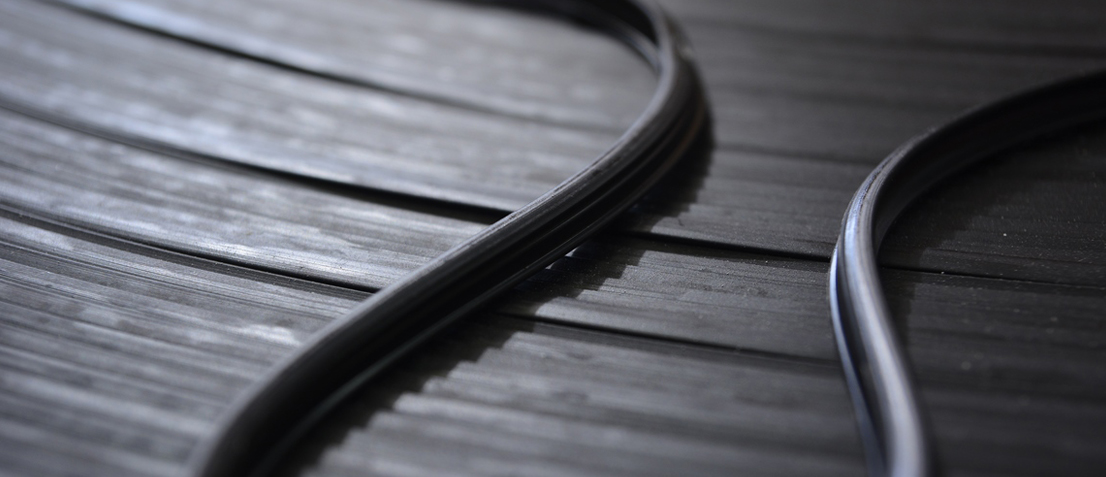At the beginning of the twentieth century, after the invention of the car, the production of natural rubber flourished. People soon found out it could be used for countless applications in many industries. However, the events that led to World War I and II imposed limitations to access this raw material for some countries. As a result, discovery, production and wide distribution of synthetic rubber was encouraged. One of the first artificial elastomers invented was styrene-butadiene rubber (SBR). Today, this rubber is an elastomer used in different articles, from shoe soles to car tyres.
El SBR se inventó durante tiempos de escasez de caucho en las Guerras Mundiales I y II. En estos períodos, la demanda del material fue alta, pero los recursos escasos. En la Primera Guerra Mundial, a Alemania se le negaron muchas exportaciones de los Aliados, incluido el caucho. Para suplir esta carencia, tuvo que buscar diferentes formas de hacer elastómero, lo que inevitablemente condujo a la invención del caucho sintético. El primer químico en producir caucho de estireno butadieno fue el alemán IG Farbenindustrie, en 1929. En 1933, el compuesto fue mejorado y patentado como «Buna S» por otros dos químicos alemanes, Eduard Tschunkur y Walter Bock. El nombre original se refiere literalmente a sus componentes: «Bu» por butadieno, «Na» por el sodio y «S» por el estireno.

SBR was essential for the survival of the USA during WWII, because war machines and equipment needed elastomer to complement certain parts and components, such as joints.
During WWII, the USA faced the same problem. Japan had seized most of the rubber plantations in Malaysia and the East Indies. Taking advantage of this event, Japan restricted elastomer exports to the USA and put Americans in the same situation as Germans in WWI.
The USA then developed its own synthetic rubber material, based on the composition of its German predecessor ‘Buna S’. These manufacturers came up with a copolymer made by 75% butadiene and 25% styrene. Proportion of styrene and butadiene is crucial as it will determine the features of the final product. For instance, a larger amount of styrene will produce, as a result, a less rubbery compound. This special feature is what contributes to its valuable versatility. The proportion of styrene and butadiene is crucial since it determines the characteristics of the final product. For example, a greater amount of styrene will result in a less gummy compound. This particularity is what gives it its valuable versatility.
SBR Today
Styrene-butadiene rubber is still widely used for many demanding applications, since it is incredibly resistant to abrasion and long-lasting. This is why SBR products appear everywhere and are common in many everyday machines and devices.
Some of the most common uses are: the legs of many chairs, tyres, seats, handlebars, window weatherstrips, profiles for cold storage units and watertight joints.




